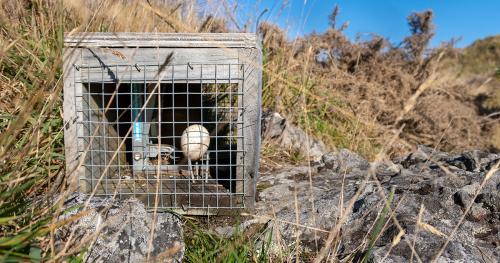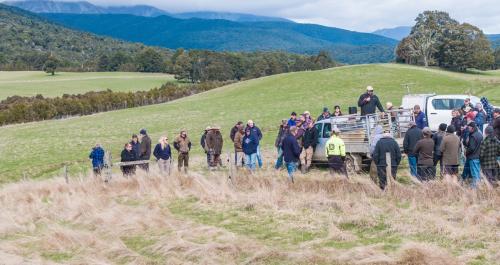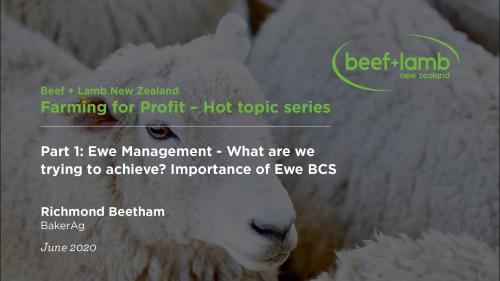Search results
Displaying 321 - 330 results of 897
- NewsBeef + Lamb New Zealand’s recently revised Unlocking the Potential of Hogget Lambing book contains a wealth of practical information for sheep farmers wanting to maximise production in their ewe …

- NewsAnecdotally, we’re hearing that afforestation, particularly carbon farming, is increasing issues with pests for neighbouring farms. We want to get more detailed info about this to inform our advocacy …

- NewsFarmers from across the top of the south recently gathered in Upper Tākaka for a full day of learning and discussion, focused on practical technologies that can add real value to farm …

- PodcastRichard Parkes is a partner at Cavell-Leitch and a leading legal expert in Agribusiness matters. Richard also has a particular interest in assisting farming families with farm succession plans and …

- PodcastCheck out B+LNZ’s resources on equity partnerships . Breakfeeds are shorter podcasts from Beef + Lamb New Zealand. Check out our other resources on farm succession on the Knowledge …
- … than 4 months above 120kg weight however yard weaning calves over 4 months age 120kg being …
- VideoRichmond discusses the management of ewes leading into scanning, then from scanning through to set stocking. He’ll share his tips to get the best out of your ewes, and insights for monitoring and …
- NewsThe recent Lincoln University Food and Fibre Awards showcased the bright young minds who aspire to enter New Zealand’s red meat sector …

- NewsB+LNZ, along with Federated Farmers and DairyNZ, has been working with leading climate scientists from Oxford University, to inform a submission to the Climate Change Commission on New Zealand’s …

- 1 21 july 2022 ministry environment national policy statement indigenous biodiversity exposure draft submission beef lamb new zealand deer industry new zealand 2 submission national policy statement …
